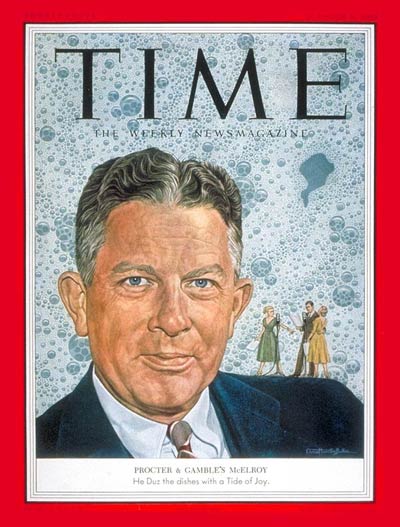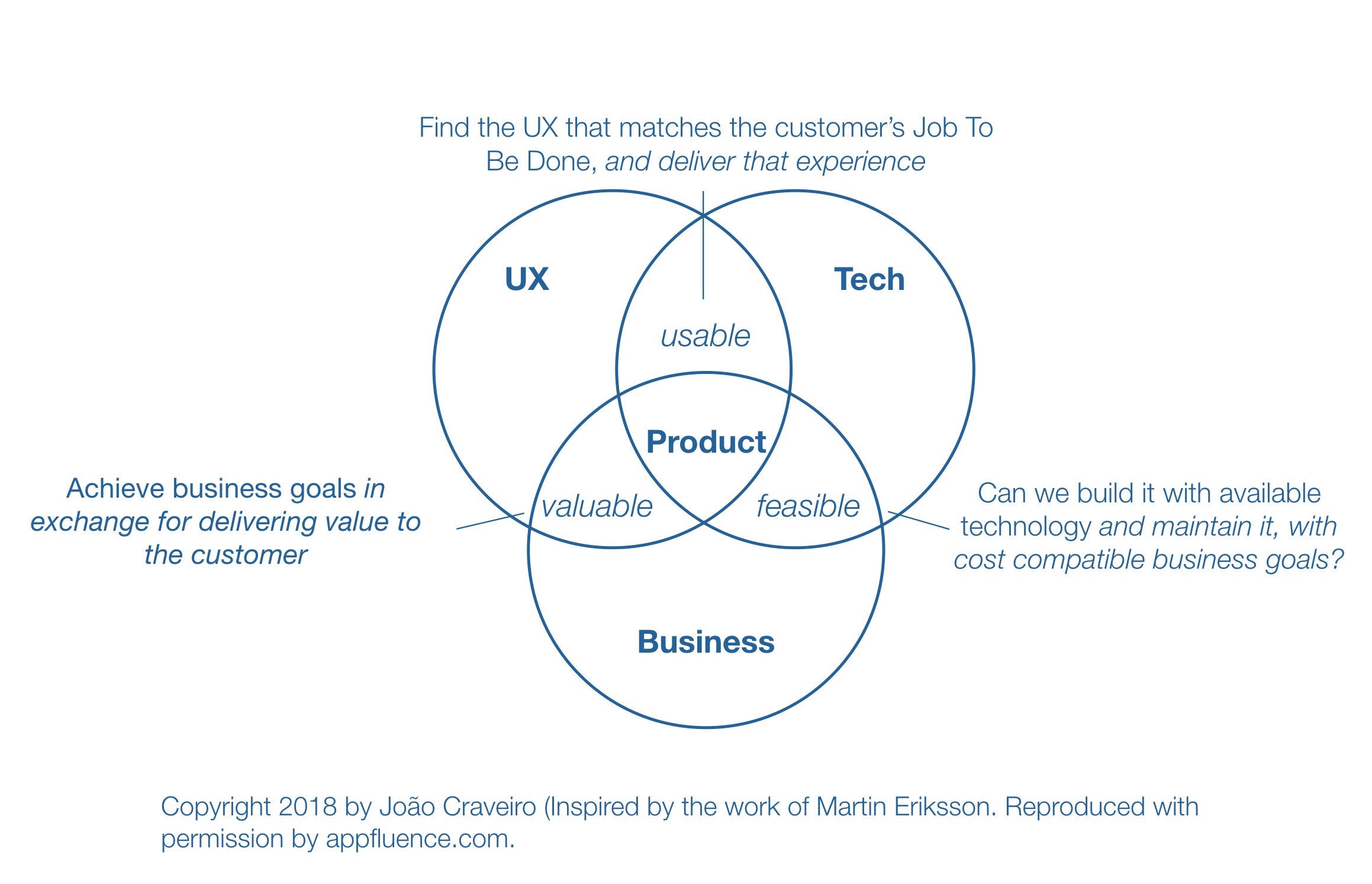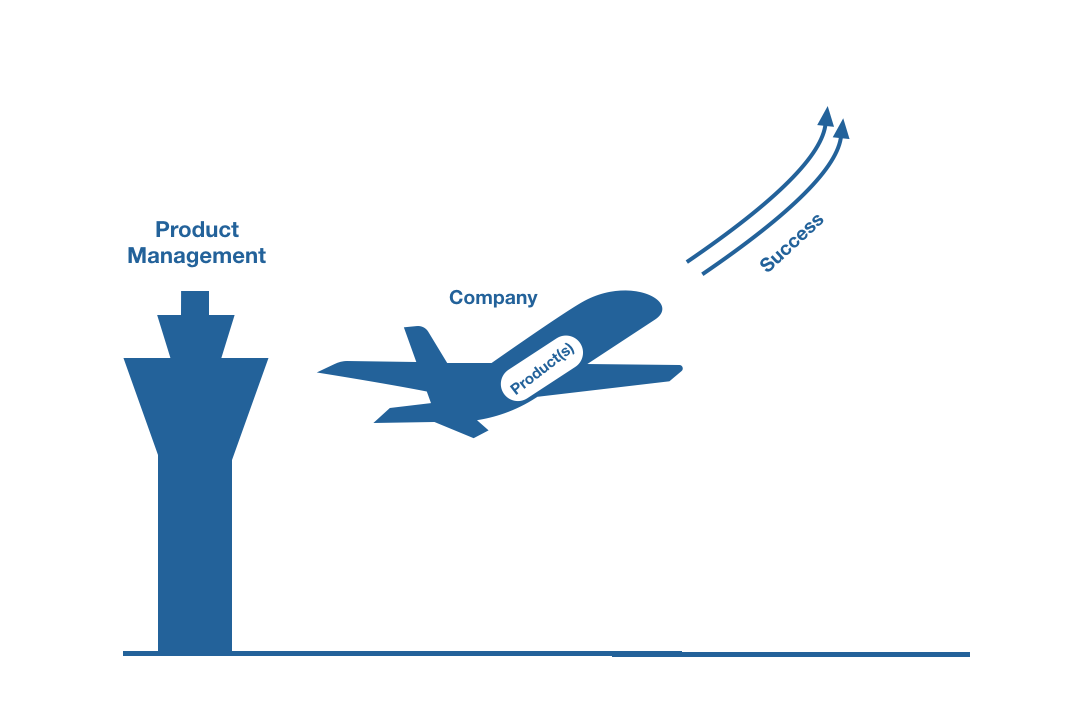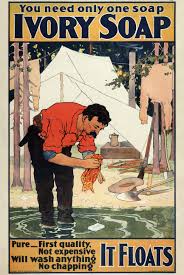Companies Adopting Product Management Methods
Gartner’s recently released Market Guide for Product Management and Roadmapping Tools reports a continued uptick in adoption of a product-centric-delivery model. By 2022, Gartner claims, 70% of organizations will have made this shift and let go of older project management practices in favor of more integrated product management methods. In addition, by 2023, 75% of product managers “will rely on product management and roadmapping tools to improve planning and communication with IT and business stakeholders”. Product leaders should take advantage of the moment to review how their team manages every phase in the product life cycle and determine areas that could benefit from current solutions on the market.
History of Product Management
The many misconceptions around product management make the discussion and decision about the right tools especially difficult for business leaders looking to adopt product management methods. While product management as the modern discipline that it is today is most often associated with software development, it is recommended for all industries and actually got its start in consumer goods. To make an even greater argument for product management’s relevance outside of software, Phil Hopkins, Senior Product Manager at Bridg.com, makes a compelling claim that product management is one and the same with human history:
The history of the world is the history of product management. Today we think of product management in contemporary business terms, defined by the role of the Product Manager in software and other fields. But whether the products are sharpened rocks, or printing presses, or penicillin, or nuclear fission, the advancement of human civilization is almost entirely defined by products…What can be more interesting than inventing products, which gets all the attention, is the management of products after they’re invented. While a product’s eureka moment may be more glamorous, it’s hard to think of a product that doesn’t owe the timing and nature of its impact, or lack thereof, to its management.
Rather than continuing in this line of thought, it is more useful to turn attention to the more recent history of product management. By looking at how different aspects of the practice developed, leaders are able to grasp more fully the significance and challenges that the discipline faces.
1923- Asking the Right Questions
An economist named Dr. Paul Smelser joins Procter & Gamble. He immediately starts asking questions about the customer. This leads people to realize that anecdotal evidence ie., knowledge that most employee’s wives buy Ivory soap, is insufficient for creating accurate predictive models.
1924-Pillar of Product Management, Market Research Instituted
Catching on to the value of Smelser’s thinking, leaders at Procter & Gamble ask him to create the company’s market research department.
1931-The Original Product Manager Role is Created

Junior Executive at Procter & Gamble, Neil McElroy creates a new role; “brand man.” At this time the company maintains a strong policy that internal brands should not compete aggressively against each other. Ivory soap, has captured the market and other brands at the company, like Camay, are struggling. McElroy’s brand men for Camay soap will manage the brand and promote as aggressively as if Camay was an individual company. Effectively, the brand man is the first “cross-functional leader coordinating between R&D, Sales, Marketing, Manufacturing,” explains Jason Shen, in his article on the subject.
1958-Product Management in Space and Defense Programs

As secretary for defense, McElroy leads the creation of the Advanced Research Projects Agency. At this time, separate defense and space efforts have previously been run in each branch of the military. What with competition between service branches, this is an excellent change. In the same way that modern product teams have a unique ability to reconcile competing priorities from external stakeholders for the overall good of the product, ARPA, which will later be absorbed by NASA, stands outside the competition and makes better progress in defense technology and space exploration.
1980s-Product Management in Software Development

As Microsoft engineers work to develop Excel for the Macintosh, product managers prove themselves more and more indispensable. The engineers are working with a foreign landscape over which they have little control. Because of this they find themselves getting pulled too far into the weeds and losing sight of overarching goals. Product managers once again stand outside of the fray and balance the importance of individual requirements with the sheer amount of effort creating each in a strange program takes. In the book, Making Things Happen, Scott Berkun, describes Microsoft’s original idea of a product manager:
A wise man named Jabe Blumenthal realized that there could be a special job where an individual would be involved with these two functions, playing a role of both leadership and coordination. He’d be involved in the project from day one of planning, all the way through the last day of testing. It had to be someone who was at least technical enough to work with and earn the respect of programmers, but also someone who had talents and interests for broader participation in how products were made.
Additional Background-Hewlett Packard and the Dissemination of Product Management Philosophy

McElroy’s impact on product management did not end with ARPA and NASA. As an advisor to Bill Hewlett and David Packard during their time at Stanford, McElroy passed along much product strategy. Considering how many tech greats got their start at Hewlett-Packard, it is no surprise that product management has spread like wildfire through Silicone Valley.
The Discipline of Product Management Defined
From this short history, it becomes clear how complex but indispensable product management is for companies looking to achieve their potential. Product management is not the simplified function it is easy to imagine it as. Instead, product management is the business management of the entire product lifecycle, from ideation to discontinuation, so that it generates as much value as possible to the organization. A helpful model to refer to is João Craveiro’s visual interpretation of product management today:

In his article “Marty Meets martin: Connecting the Two Triads of Product Management,” Craveiro explains how he combines author Marty Cagan’s definition of product management as the effort “to discover a product that is valuable, usable and feasible” and Martin Eriksson’s description of “product management as the intersection between business, technology and user experience.”
Product Management Operating as “Business Fuel Efficiency”

Another way to look at product management is to compare an organization to an aircraft. If business success translates to upward momentum, products are the fuel that generates this momentum. Product management is in charge of making sure that the organization uses its fuel as efficiently as possible. In preparation for flight, careful calculations of aerodynamic drag, weight and more are made to ensure that the aircraft has enough fuel to make it through the flight successfully. Product management takes its responsibility to generate enough “lift” from each product equally seriously.
Gartner Defines Current Product Management Needs
Given how critical product management is to business success today, it is important that product teams have the tools they needs to succeed. While every product team differs, Gartner has defined several key requirements of product teams that want to stay as innovative as possible. These requirements are described below.
Information Makes or Breaks Product Management
In every stage of product management there is much information that must be made common knowledge to the entire team. This is absolutely critical. Because product strategy is an extension of business strategy, the defined business needs for each product is one such piece of information. For example, the driving goal behind Amazon Prime’s launch was to increase customer loyalty. Longterm, this made an impact on revenue positively. However, the desired business outcome for the Prime product was clearly communicated as a demonstrable growth in loyalty. In order to make products as successful as Prime, a product team must have a clearly defined business need in mind at every state. In the same way, customer and market insights must also be accessible. After all, product team without access to customer feedback about shipping prices and times might have chosen an alternative to Prime that may not have been as successful.
Product teams that can more easily access key information are able to create products that do more with less. Therefore, it is critical that teams work in a product management program that offers this accessibility. Gartner lists “management of ideas, requirements and resources” as a necessary feature in top level product management solutions and adds “centralized notes” preferable as well. Priority Matrix, featured by Gartner as one of the most full featured product solutions on the market, offers both these functions. Access to all informational resources is easily managed and, by default, available to the entire product team.
Decisions in Product Management
Throughout a product’s life cycle, many important decisions are made. Perhaps the most important one is defining the products value proposition. Paul Wormal provides an excellent definition of the term:
The phrase “value proposition” is not as important as what it represents, and what it offers through that representation. It offers clarity and confidence in communicating critical issues especially emotional and functional benefits, before a product exists. It is a powerful, valuable output of research that can resonate equally with designers, clients and users. It is an easy-to-access guiding document, a signpost to steer and inspire downstream design.
By “output of research” Wormal refers to the fact that the value proposition is synthesized from business, market and customer insights recently discussed. As such, the decision around value proposition is best made in the same tool that holds all other helpful information. Priority Matrix is especially helpful with strategic decisions like this. The program’s four quadrant model helps teams engage with and manage various options, to ultimately converge on the right strategy. As an example, product teams can easily use a four quadrant value synthesis template to track product ideation from needs management to defined value proposition.
Clear and Updated Product Roadmap
If the data garnered by research is the “why” and the value proposition is the “what,” the product roadmap is the outline of the “how” and the “when.” Naturally, product management solutions must facilitate creation of and follow through on this outline. Since product management is an intersection of many different job functions and distinct processes, there are many instances where progress is stalled. Once again, the question of “accessibility” returns, this time that of both logistic and conceptual accessibility. Two features that Gartner considers when evaluating product solutions for their market guide are milestone tracking and workflow management. Priority Matrix is able to offer these features so that product teams can build and work in a fully functioning roadmap. In addition, Priority Matrix’s multiple views and analytics provide the “visualization capabilities of tools [that] also make for easier collaboration with and between staff in IT application development and multiple lines of business such as marketing, finance and operations.”
Flexibility to Changes
Product teams need to be responsive to changes. Based on new information and developments, aspects of the road map and even, at times, value proposition will change. However, this responsive method only helps with swift value delivery and continuous improvement if the information is up to date. Gartner recognizes improved communication as a top goal for product teams. Concise and clear communication or its lack thereof has the power to render effective product management either even more successful or nearly impossible.
Priority Matrix recognizes that the roadmap and additional product resources are living documents. Because of this, product teams in Priority Matrix are able to hold clear and swift conversations in the context of each action item. This way product teams are never working off of old news as they wait for critical changes to trickle down. The communication function of Priority Matrix has even been found powerful enough to reduce the need for team-wide meetings, thus saving time.
Conclusion
Product teams carry a lot of responsibility when it comes to the continued success of their companies. However, the right product management and roadmapping solution can help these teams take full advantage of the benefits that product management practices bring. Check out the the full 2019 Gartner Market Guide for Product Management and Roadmapping Tools to see Priority Matrix’s full list of product management and roadmapping features, or start a trial with your team!
